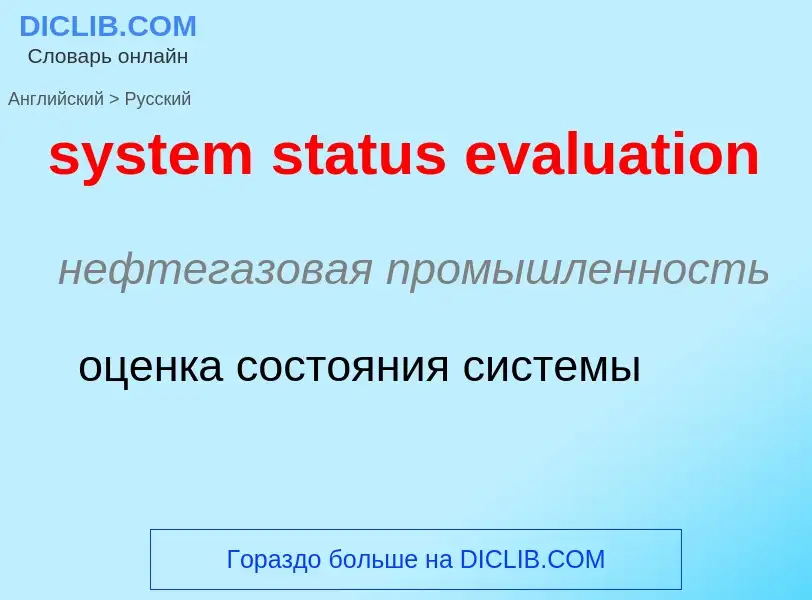Tradução e análise de palavras por inteligência artificial ChatGPT
Nesta página você pode obter uma análise detalhada de uma palavra ou frase, produzida usando a melhor tecnologia de inteligência artificial até o momento:
- como a palavra é usada
- frequência de uso
- é usado com mais frequência na fala oral ou escrita
- opções de tradução de palavras
- exemplos de uso (várias frases com tradução)
- etimologia
system status evaluation - tradução para russo
нефтегазовая промышленность
оценка состояния системы
Definição
Wikipédia
Public Utility Model (PUM), is an emergency medical service (EMS) system. In a Public Utility Model system, the government is a "purchaser" of dispatchers, emergency medical technicians (EMTs) and paramedic providers from an EMS provider (contractor). In most cases, this is a private (for-profit) ambulance company. In the ownership of a Public Utility Model, the community retains control of EMS system capital assets and accounts receivable through daily oversight. The EMS provider (contractor) manages the day-to-day operations of the service and provides the system with properly trained providers.
The system is designed whereas the government not only regulates and oversees system performance, but the ambulance service contractor is held accountable to meet or exceed performance requirements. These requirements include, but not limited to, time constraints. Such limits are set to ensure an ambulance arrives to life-threatening emergencies without delay. The contractors failure in fulfilling the contractual obligations can result in fines being imposed, up to and including termination of contract. The agreement and contract between government and contractor are done through a competitive bidding process. This insures that the most cost-effective provision of EMS services is guaranteed.


